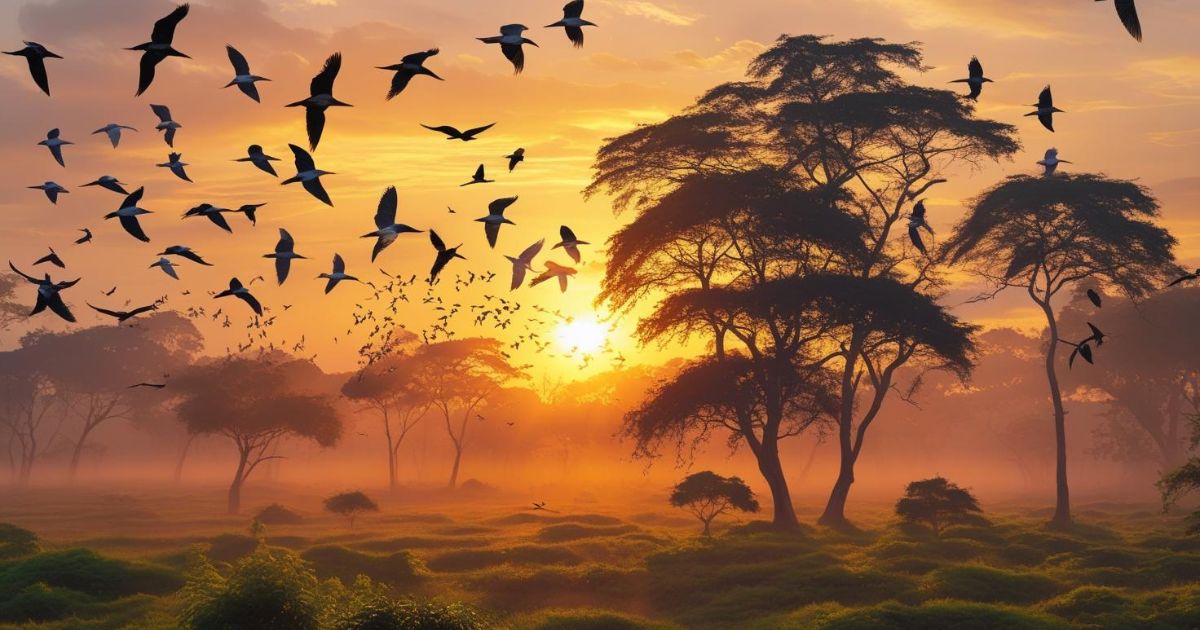Have you ever felt the urge to escape the noisy city and just be somewhere calm, where all you can hear are birds singing and leaves rustling? That’s exactly what I was craving last month, and that’s when I stumbled upon something magical. Nelapattu Bird Sanctuary Lovers like me will understand the joy of discovering a peaceful paradise full of rare, beautiful birds. It felt like nature was putting on a private show just for me.
In this blog, I’ll take you through everything you need to know about Nelapattu Bird Sanctuary from the best time to visit and the types of birds you’ll spot, to activities, nearby attractions, and travel tips. Whether you’re a first-time visitor or a seasoned birdwatcher, this guide will help you plan the perfect nature getaway.
Birds Found in Nelapattu Bird Sanctuary
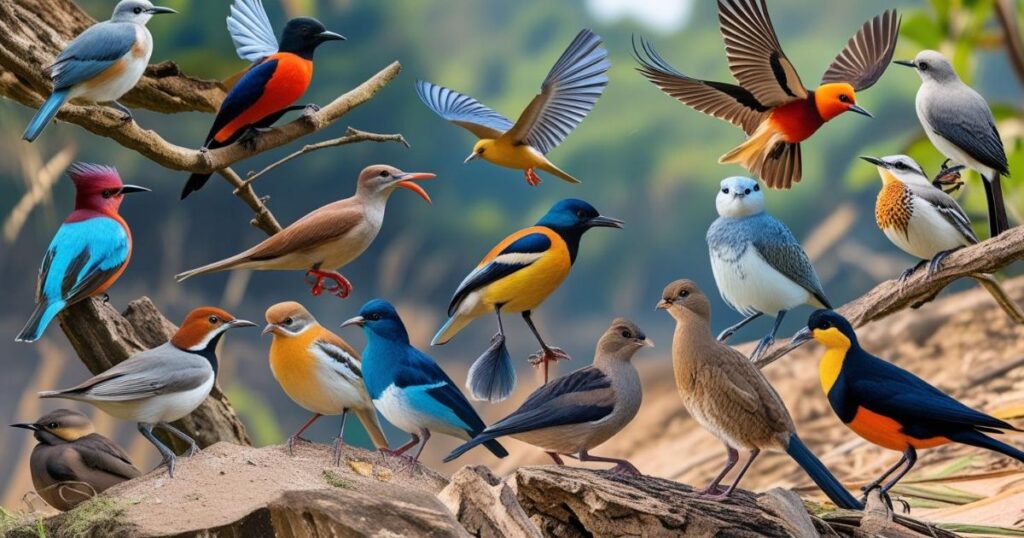
One of the most exciting parts for Nelapattu Bird Sanctuary Lovers is the incredible variety of birds that call this place home. With over 180 species recorded, the sanctuary offers a front-row seat to watch both migratory and resident birds thriving in their natural surroundings. From October to March, thousands of birds flock to this serene wetland, making it a hotspot for birdwatchers and ornithologists.
The spot-billed pelican is undoubtedly the star of the sanctuary, nesting in large numbers among the freshwater mangroves. Other notable species include painted storks, open-billed storks, grey herons, egrets, night herons, and little cormorants. If you’re lucky, you might even catch glimpses of flamingos in Nelapattu, which occasionally migrate nearby. The vibrant sight of kingfishers, parakeets, and pond herons adds to the rich birdlife spectacle.
Best Time to Visit Nelapattu Bird Sanctuary

Planning your trip between October and March is key to having the best experience. This is when migratory birds arrive, and the sanctuary becomes alive with sounds, colors, and movement. The cooler temperatures and clear skies also make it comfortable for long walks and extended observation.
During these months, you’ll witness active nesting, feeding behavior, and stunning bird formations that are a dream for photographers. It’s no wonder that many consider this the best time to visit Nelapattu Sanctuary, especially for those passionate about birdwatching in Andhra Pradesh.
Activities at Nelapattu Bird Sanctuary
For anyone wondering about things to do for bird lovers at Nelapattu, you won’t be disappointed. Birdwatching is obviously the main draw here, with dedicated viewing towers and silent observation areas. Visitors often spend hours quietly watching pelicans feed their young or egrets gliding over the still water.
Photography is another major attraction. The early mornings and late afternoons provide the best lighting, and with so many species to shoot, it’s a paradise for shutterbugs. You can also take nature walks near Nellore, exploring the sanctuary’s lush trails while soaking in the peaceful wetland atmosphere.
Accommodation and Facilities

Though there are no hotels directly inside the sanctuary, you’ll find good stay options in Sullurupeta, Nellore, or even Chennai if you’re planning a longer trip. For those seeking a quick weekend getaway for bird lovers, these towns offer budget and mid-range accommodations suitable for families or solo travelers.
Food options near the sanctuary are limited, so it’s wise to carry your own snacks and water. Basic restroom facilities are available, and parking is usually not an issue. If you’re staying overnight, it’s best to book a room in advance during the peak birdwatching season.
The Library is a Birder’s Paradise
While exploring the sanctuary, make time for the Environmental Education Centre, a small yet insightful library space that showcases books, bird guides, and conservation materials. It’s a wonderful resource for students, researchers, or even curious visitors who want to learn more about the Nelapattu forest ecosystem.
You’ll also find displays about bird migration patterns, rare sightings, and interactive content for younger visitors. It’s an ideal spot for an educational trip idea for nature students or families looking to engage kids in wildlife learning.
Events, Exhibits, Enthusiasts, Oh My!

One of the highlights of the sanctuary calendar is the Pelican Festival, usually held during the peak breeding season. This community-driven event celebrates the arrival of migratory birds with eco-awareness activities, cultural performances, and birdwatching tours led by local experts.
Birding exhibits, nature photography contests, and expert talks attract local guides for birdwatching enthusiasts and wildlife educators from all over the region. It’s a great time to connect with other Nelapattu Bird Sanctuary Lovers and learn something new about conservation.
Eight Must-See Spring Birding Sites
If you’re planning a longer birding circuit across India, consider visiting these spring hotspots along with Nelapattu:
- Pulicat Lake and Nelapattu bird circuit – Ideal for observing flamingos and waterbirds
- Kumarakom Bird Sanctuary, Kerala – Known for migratory birds in backwaters
- Ranganathittu Bird Sanctuary, Karnataka – Famous for island nesting colonies
- Chilka Lake Bird Sanctuary, Odisha – Home to thousands of flamingos
- Sultanpur Bird Sanctuary, Haryana – Easily accessible and rich in wetland species
- Nal Sarovar Bird Sanctuary, Gujarat – A beautiful freshwater lake system
- Thattekad Bird Sanctuary, Kerala – A dense forest haven for rare species
- Bharatpur Bird Sanctuary, Rajasthan – UNESCO heritage wetland, great in winter
Each offers a unique eco-system and variety of birds, but Nelapattu stands out for its calmness and pelican dominance.
Book Recommendations from On-Staff Birders

The sanctuary staff and researchers often recommend guides like:
- Birds of the Indian Subcontinent by Grimmett & Inskipp
- The Book of Indian Birds by Salim Ali
- Regional bird field guides for Andhra Pradesh wetlands
These are excellent reads if you’re interested in ornithology tours in Andhra Pradesh or simply want to enhance your bird-spotting skills.
Bharatpur Bird Sanctuary, Rajasthan
While exploring bird sanctuaries in India, Bharatpur is often hailed as the gold standard. However, Nelapattu offers a quieter, less commercialized alternative with a similar wealth of species during winter months. It’s a must-visit if you’re tracing a national birding trail.
Chilka Lake Bird Sanctuary, Odisha
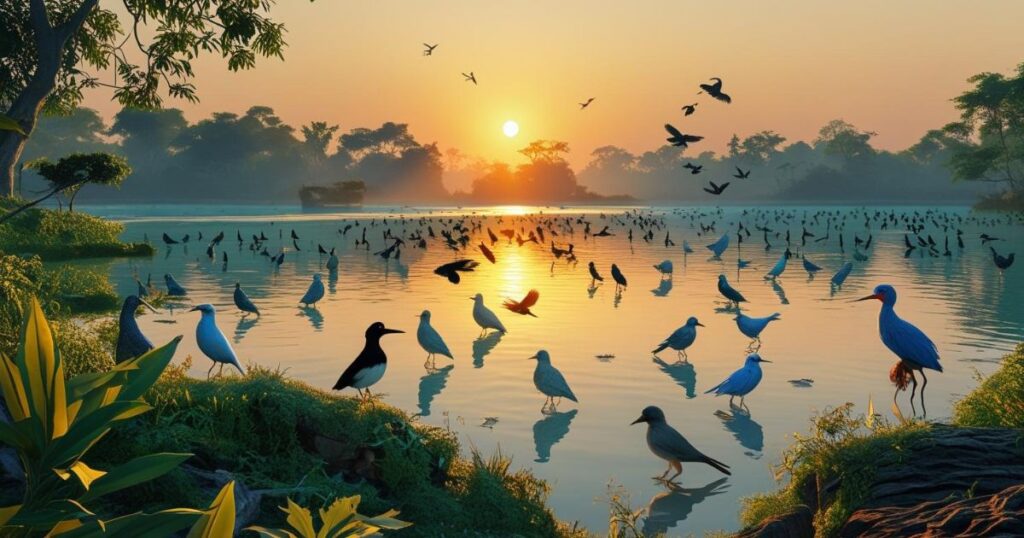
Chilka Lake is vast and famous, but Nelapattu has its own charm, especially for those who love slow, immersive exploration. You’re not just watching birds, you’re part of a living wetland tapestry. It’s a great place for bird lovers in Andhra.
Sultanpur Bird Sanctuary, Haryana
Nelapattu may not be as close to a metro city as Sultanpur, but that’s part of its magic. No traffic, no honking just you, the breeze, and bird calls echoing through the forest canopy.
Nal Sarovar Bird Sanctuary, Gujarat
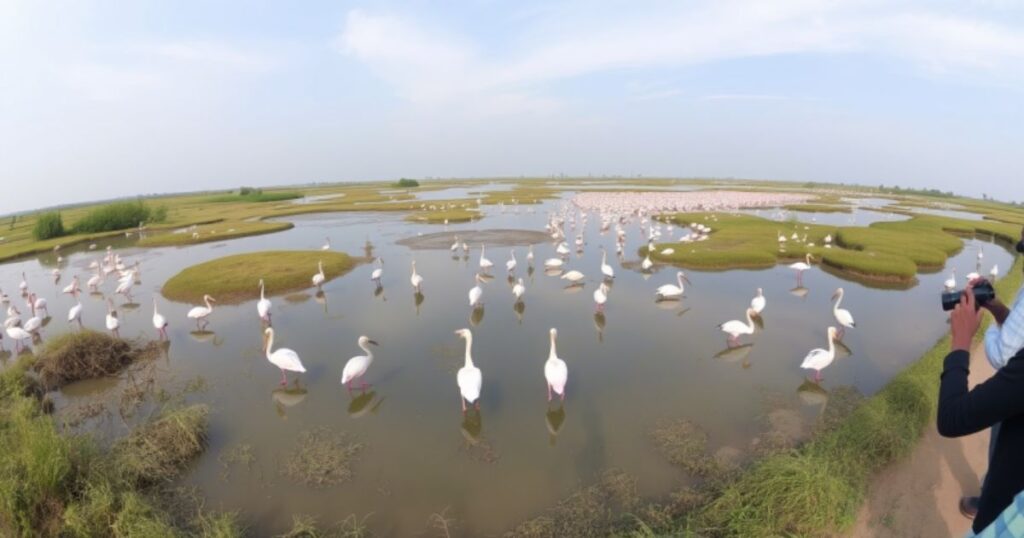
While Nal Sarovar offers a boat-based birding experience, Nelapattu delivers something more grounded. Here, you’ll walk the trails, get closer to the trees, and understand the intimate relationship between birds and their habitat.
Kumarakom Bird Sanctuary, Kerala
Kumarakom is scenic, but if your goal is focused on birdwatching rather than sightseeing, Nelapattu may suit you better. You’ll have more time and fewer crowds to enjoy the real starsrare bird species in Nelapattu.
History and Significance
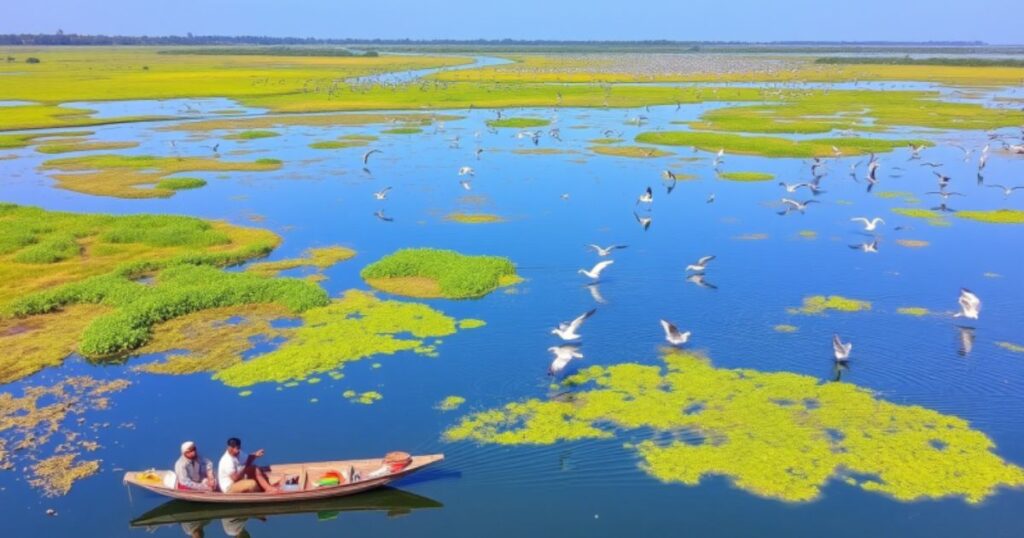
Established as a protected area in 1976, the sanctuary was developed to protect its wetland habitats in India and give migratory birds a safe breeding site. Its unique freshwater mangrove trees like Barringtonia Acutangula provide ideal nesting platforms for pelicans and storks.
Over time, the sanctuary has gained attention as a key conservation site, especially for eco-tourism in South India. Its role in maintaining regional biodiversity cannot be overstated.
Eaglenest Sanctuary, Arunachal Pradesh
Though Eaglenest is a different ecosystem altogether, both it and Nelapattu show how India’s varied terrains support distinct bird species. Together, they reflect the country’s ecological diversity.
Read Also:A Pilgrim’s Guide to Inavolu Mallanna Temple and Its Jathara
Lava and Neora Valley National Park, West Bengal
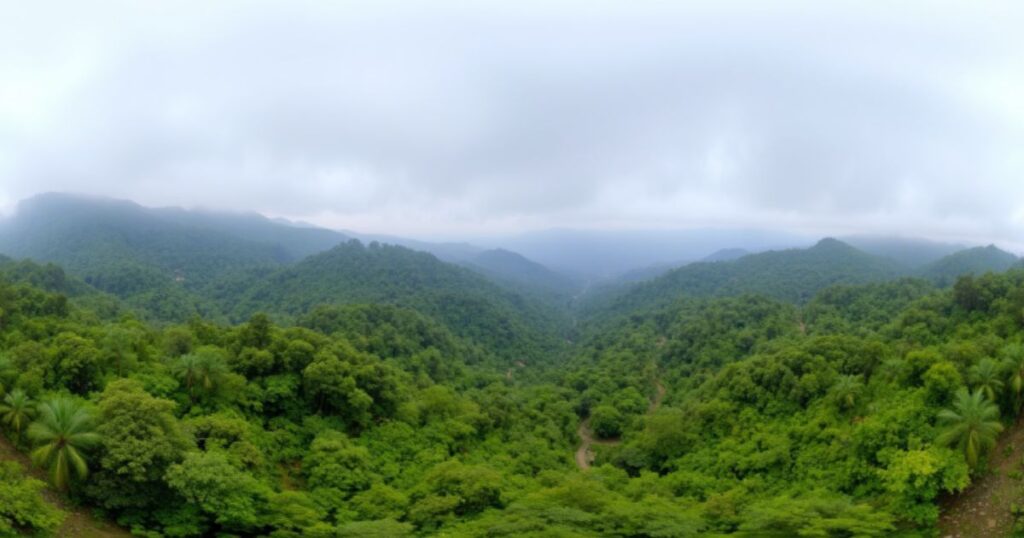
From the hills of Bengal to the lowland wetlands of Andhra, India’s birding spots are endlessly fascinating. Nelapattu’s open layout contrasts beautifully with the misty woods of Neora Valley.
Thattekad Bird Sanctuary, Kerala
Thattekad, known as Salim Ali Bird Sanctuary, offers forest-based birding. In contrast, Nelapattu Bird Sanctuary Lovers experience open skies, nesting pelicans, and a tranquil atmosphere that’s hard to match.
Ranganathittu Bird Sanctuary, Karnataka
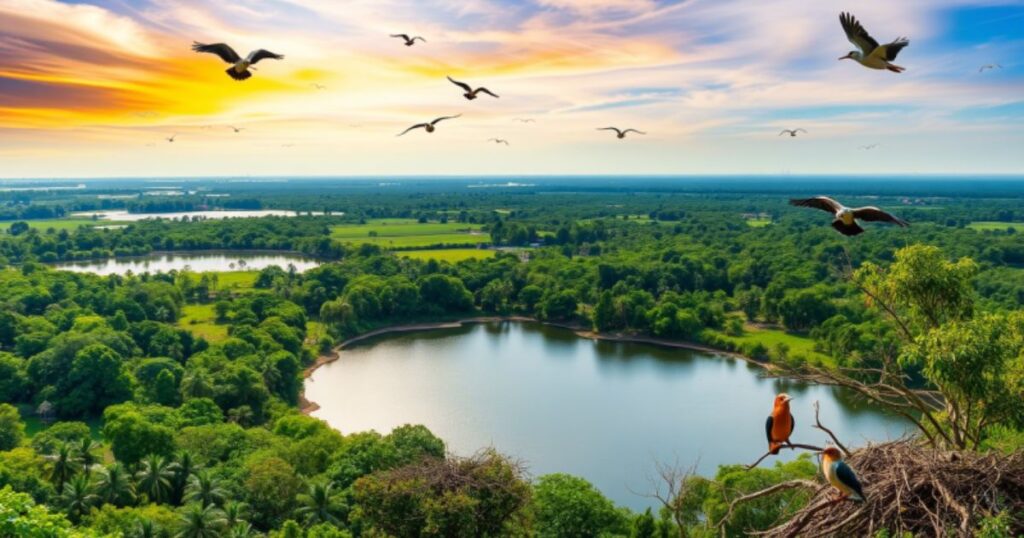
Both sanctuaries are havens for storks and herons. But Ranganathittu’s island setting differs from Nelapattu’s rich wetland ecosystems connected to local agriculture and forest patches.
Join The Better India Community
If you love learning about conservation, eco-tourism, and wildlife heroes across the country, The Better India’s community is a great place to follow stories like Nelapattu’s. Share your birdwatching journey and connect with others who cherish India’s biodiversity.
Entry Fee and Timings

If you’re planning your visit, here’s what you need to know about Nelapattu Bird Sanctuary timings:
- Open daily: 9:00 AM to 5:00 PM
- Entry fee: ₹10 for adults, ₹5 for children
- Camera charges: ₹50 to ₹100 depending on equipment
It’s best to arrive early in the morning or late afternoon for the best bird sightings.
Why Visit Nelapattu Bird Sanctuary?
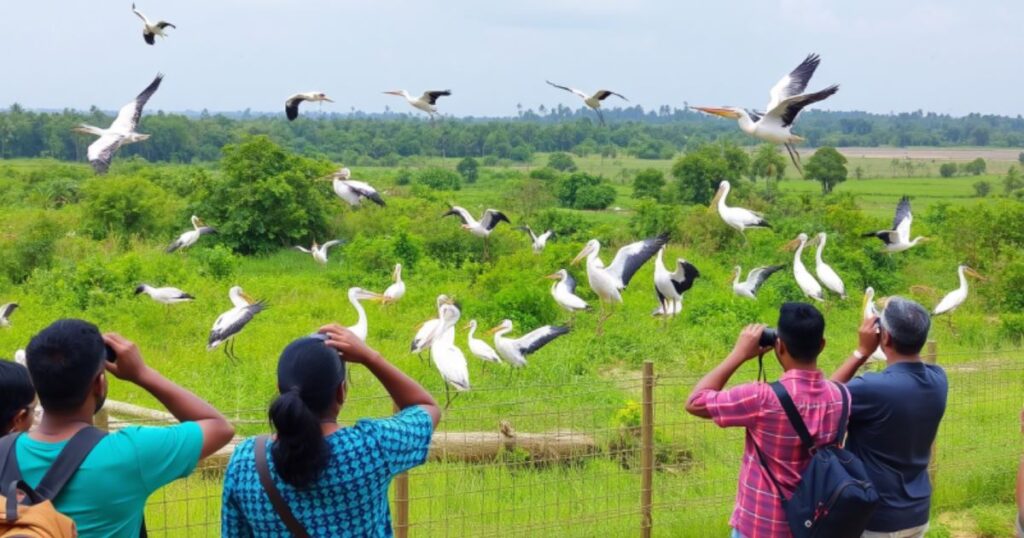
If you’re still wondering if Nelapattu is good for nature lovers, the answer is yes absolutely. It’s quiet, clean, full of birds, and perfect for learning, relaxing, and connecting with nature. Whether you’re planning a solo trip, family outing, or educational visit, there’s something special waiting here.
For Nelapattu Bird Sanctuary Lovers, this place isn’t just a destination, it’s a sanctuary for the soul. It’s where binoculars meet bliss.
FAQs
Where is Nelapattu Bird Sanctuary located?
Nelapattu Bird Sanctuary is located in the Nellore district of Andhra Pradesh, close to the coastal town of Sullurpet.
What is the best time to visit the sanctuary?
The ideal time to visit is between October and March, when migratory birds like pelicans and storks arrive in large numbers.
Is Nelapattu Bird Sanctuary suitable for kids and families?
Yes, it’s a great educational and fun destination for children and families who love nature and wildlife.
Are there any entry fees or visiting hours?
Entry is usually free or minimal. Visiting hours are generally from 8:00 AM to 5:00 PM, but it’s best to check locally before planning your visit.
What should I bring for the best experience?
A good pair of binoculars, a camera, comfortable shoes, water, snacks, and a bird guidebook can enhance your trip.
Conclusion
If you’re someone who finds joy in the quiet beauty of birds and the untouched charm of nature, Nelapattu Bird Sanctuary is your perfect escape. It’s not just a place, it’s a soulful experience for bird lovers, photographers, and travelers looking to connect with nature. From the rare spot-billed pelicans to the calm lakeside views, every moment here feels like a breath of fresh air.
So pack your binoculars, charge your camera, and bring along your curiosity. Because Nelapattu doesn’t just offer sights it offers serenity, stories, and unforgettable memories for true nature enthusiasts.

